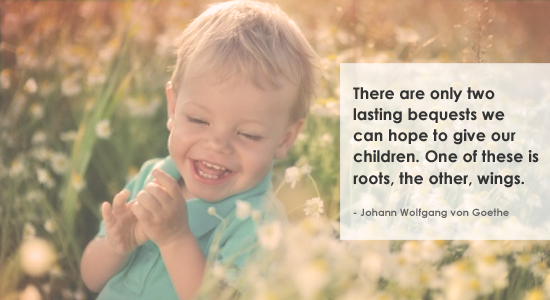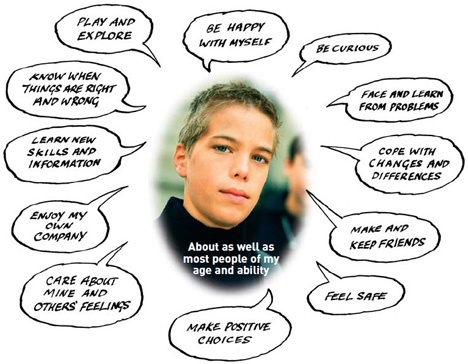
At some point in a child’s educational career, families and teachers will face a difficult conversation that needs to be handled with respect and integrity. These are not easy. It could be something simple like the inevitable phone call home about a minor altercation or something more difficult such as discussing a child’s ongoing struggle to keep up with the prescribed curriculum. Such conversations require both families and schools to step back, tread carefully, and engage in respectful and courageous conversations that always keep the best interests of the child in mind. Continue reading









